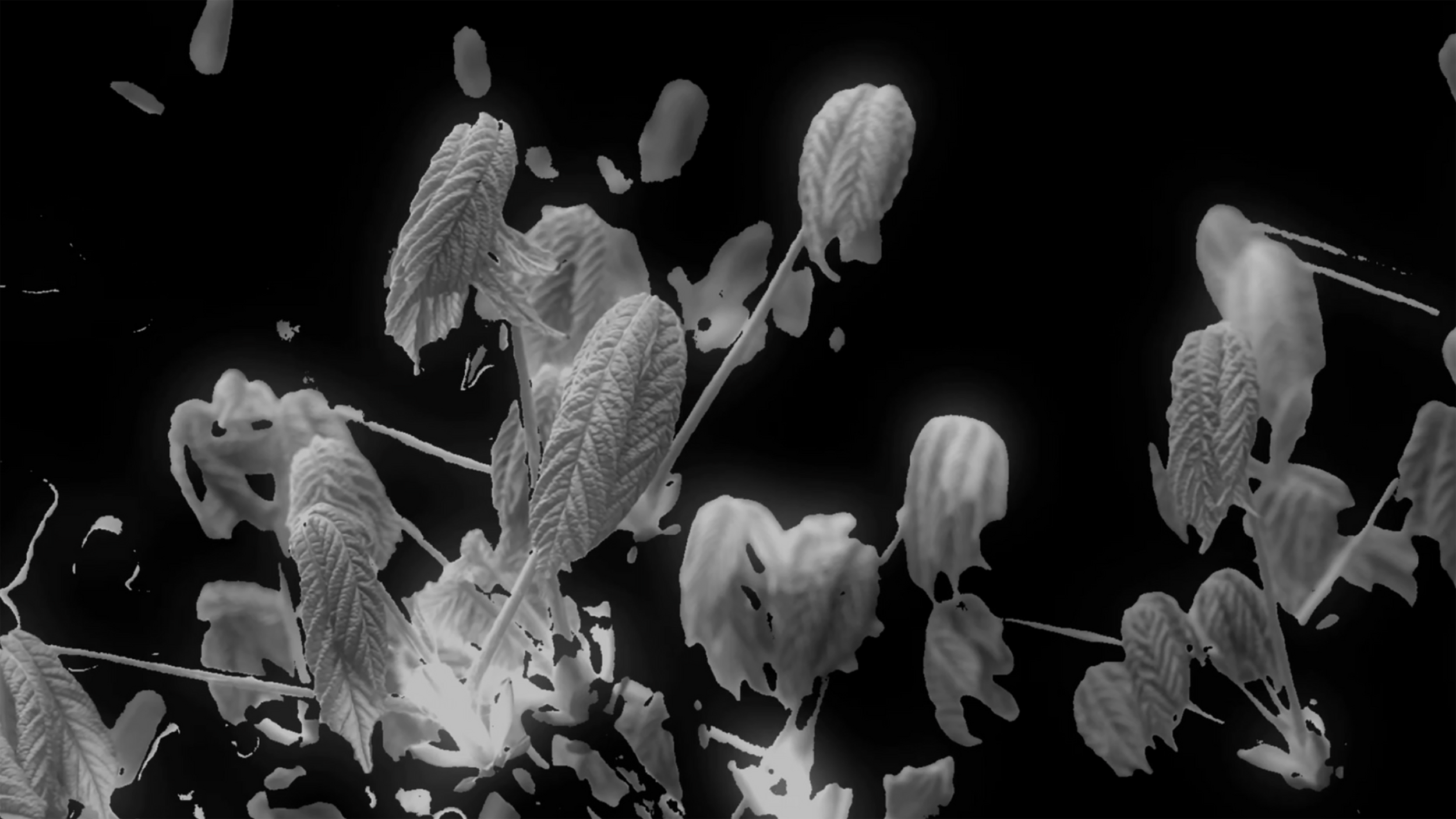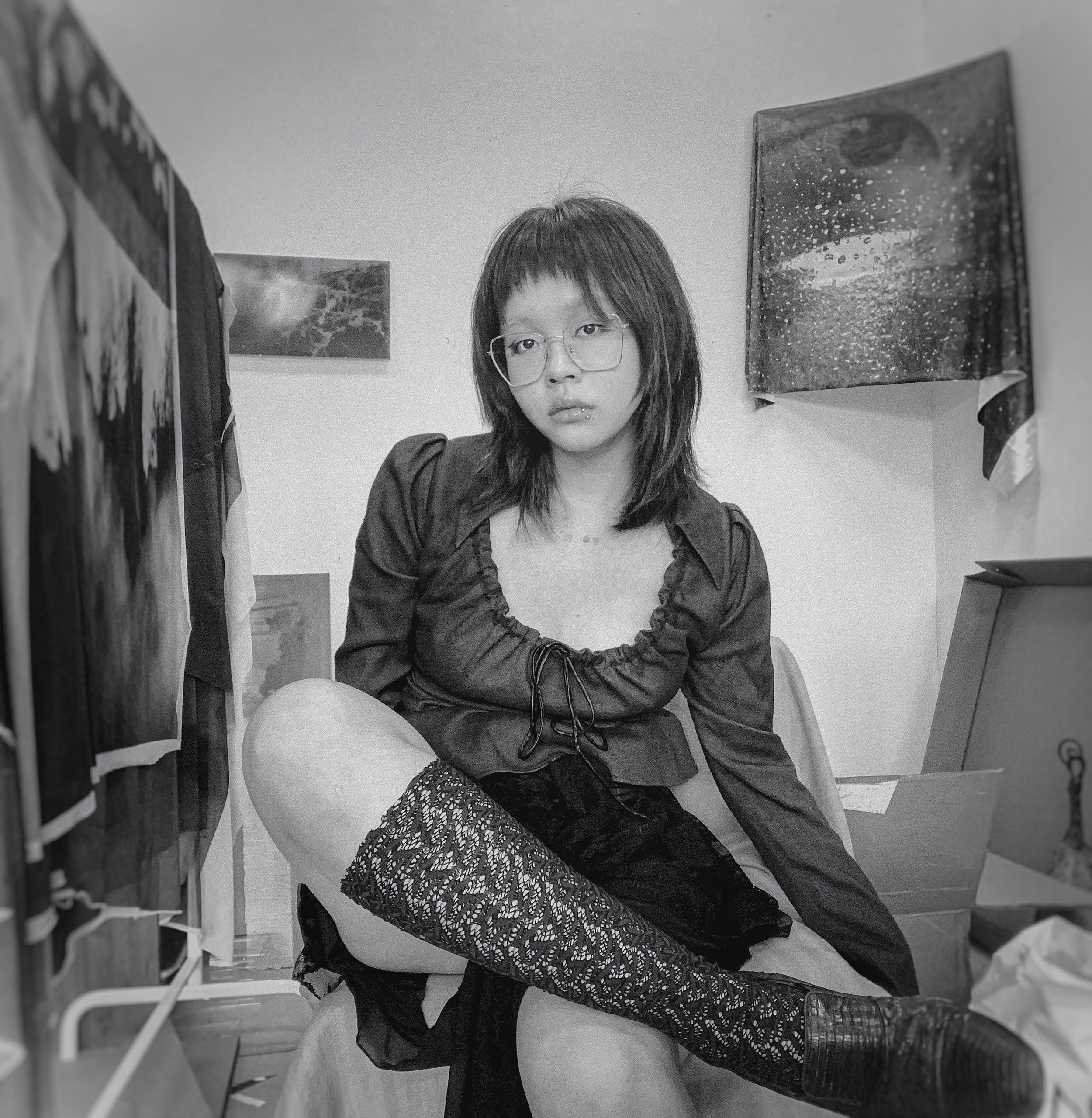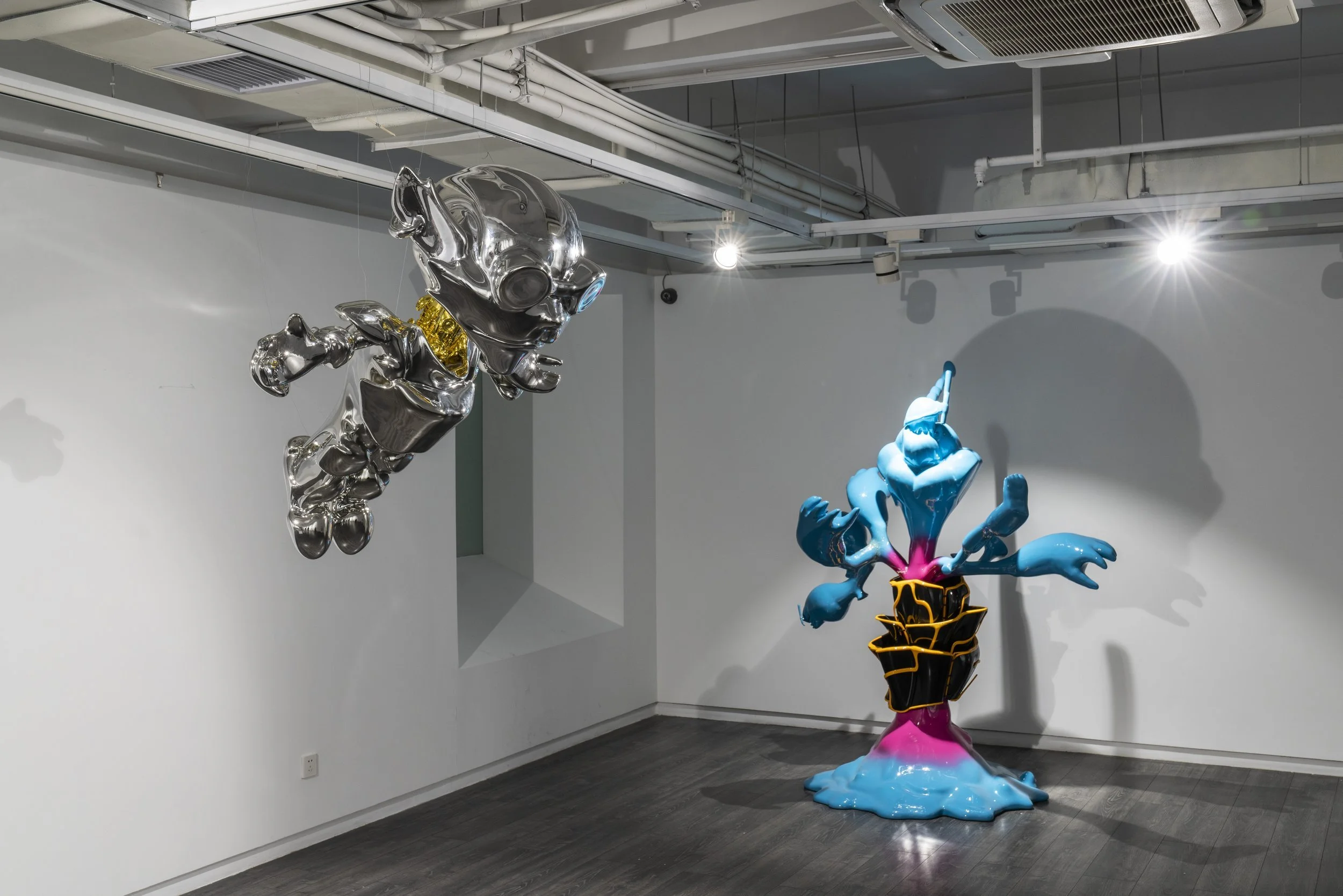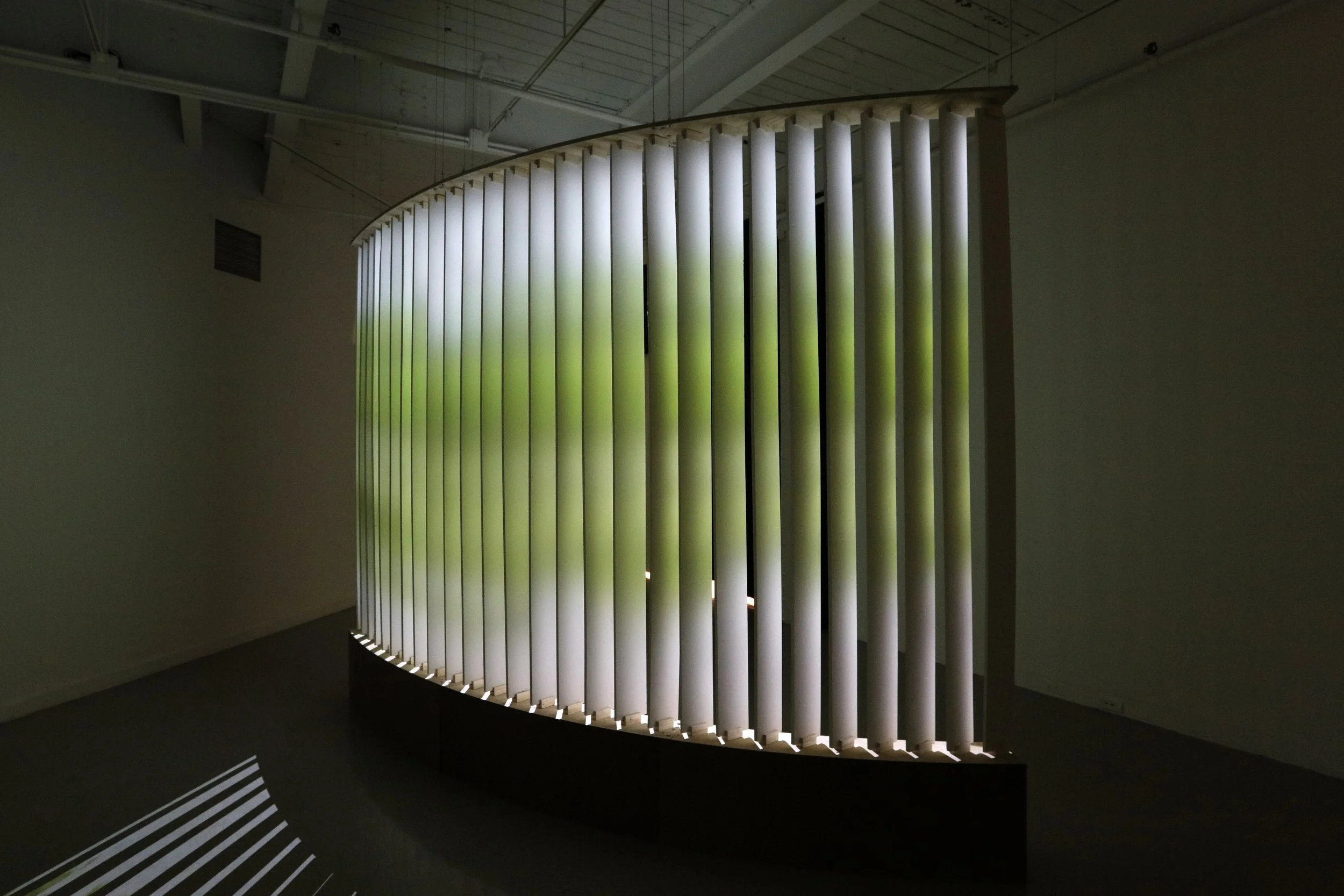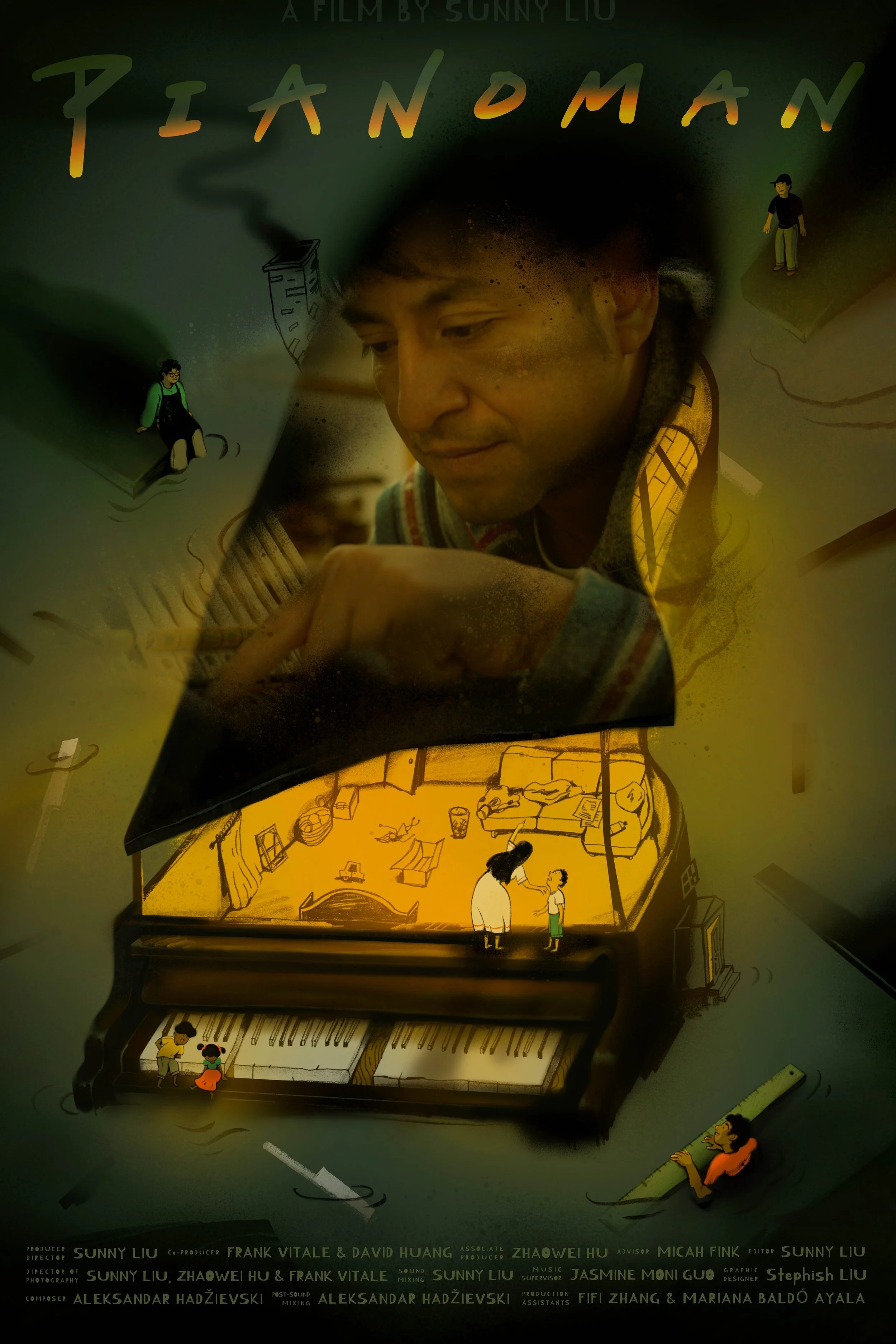10 Questions with Xinyu XuXX
Xinyu XuXX (she/it)(b.1998) is a Chinese-born, London-based artist and screening organizer, currently studying at Goldsmiths, MFA Fine Art. She studied Fine Art at the Royal College of Art (Graduate Diploma) and held a BA in fashion design at the China Academy of Art.
Her image work was shown between UK and China, including Omitted References at The Art Pavilion, Mile End Park (UK), At the Edge of Safe House, Safe House (UK), Our Body Are Portal at Asylum Chapel (UK), etc. Three Shadows Gallery in Beijing, China, as curator of the Double Interval group show in Huangshan, China, etc. She is one of the organizers of @If Splash as your Whistle, a program that showcases queer, diasporic moving images and films through multimedia art events.
Xinyu XuXX - Portrait
ARTIST STATEMENT
Xinyu XuXX’s practice focuses on feminist eroticism and cares about the erotic capacity to form connections - transmit energy and empathy across time/territory, creating a moment of intimacy. Her work is interested in how image as a non-human body creates visionary erotic experiences as a method for activism, inhabiting space for those bodies behind it.
Coral Web, moving image with sound by Lapis, 9’49’’, 2022 © Xinyu XuXX
INTERVIEW
What is your artistic background, and how did you start experimenting with images?
Regarding my artistic journey, I obtained my BA in fashion design from the China Academy of Art. I completed a graduate foundation in Fine Art at the Royal College of Art. Currently, I am pursuing an MFA in Fine Art at Goldsmiths. My interest in images began when I was young; I enjoyed reading magazines, and my dad would bring me some whenever he went on business trips. I was drawn to photography and its beautiful images, eventually leading me to attend art school. During my BA, I was particularly interested in fashion photography and short films, even though I was supposed to make clothes. This was my first introduction to the world of images. I was very passionate about editing and practiced a lot, primarily focusing on fashion at the time.
Why are you an artist, and when did you first become one?
I believe that anyone who can empathize with subtle things or for others and convey those feelings through their medium to create a special world can be considered an artist. These feelings must be genuine, which is why creating art has become a habit in my life, and I suspect it in other artists' lives as well. I can't pinpoint the exact moment when I first felt like an artist; rather, I am in the process of becoming one. Like the becoming life experience, my desire to express thoughts through images reflects an artistic vision. I hope to always be in a state of becoming an artist.
You are originally from China but currently live and study in London. How is this city influencing your art? Did you notice any change in your approach to art since moving?
Personally, such experiences have given me the courage to reconstruct my identity as an individual rather than a product of social norms. I break down the boundaries of my identity while exploring the limits of my work. The artist's reconfiguration as a human being, a complex migration experience, also transforms my work. However, it's not the city itself that influences me, but rather the process of moving between territories, breaking down and reorganizing, finding my place, understanding myself and the people around me, and creating a story map. No matter what city I live in, for me, and some other Asian/ female/ queer people to be perceived as "strangers" by mainstream society. Even in my hometown, I still feel out of place. Thus, the question of how to deal with the dilemma of being out of place is something that needs to be addressed. Additionally, the power of the community is crucial. I believe that artworks are in the same position, but it has more freedom.
Can you tell us about the process of creating your work? What is your artistic routine when working?
I have a habit of recording my life on DV, so some of the material comes naturally. If I need to plan for a certain idea, most of the time, I work on arranging a suitable schedule. I usually proceed with whatever comes to mind without thinking about why I'm making the video footage in the first place. After it builds up to a certain point, I'll go back and make trade-offs according to what I want. So, I tend to create a slightly larger amount of footage because I don't want the images to become a rigid presentation of planned effects. I'm very open to sudden ideas and impromptu adaptations. My routine can be very nerdy. I go to the library more often than an artist who is very studio-based, and I can sit for a long time working on images and texts. It's like a little world of social escapism for me and calms my mind.
Coral Web, moving image with sound by Lapis, 9’49’’, 2022 © Xinyu XuXX
Coral Web, moving image with sound by Lapis, 9’49’’, 2022 © Xinyu XuXX
Your statement defines your work as focused on "feminist eroticism." Can you tell us more about it? What do you mean, and how do you use this concept for your work?
It all started with Audre Lorde, a black feminist scholar whom I greatly admire. In her essay called "Uses of the Erotic: The Erotic as Power," Lorde introduces the concept of creating an "erotic space," which is a field made up of erotic energy that surrounds an intimate connection. Lorde writes, "The erotic is a measure between our sense of self and the chaos of our strongest feelings." This concept emphasizes the importance of inner spiritual power and the exchange of information between individuals. Since then, I have been researching the impact of feminist eroticism on marginalized communities and the social stereotyping of eroticism as auto-pornographic or Bataille's violent, misogynistic eroticism. Additionally, I have been exploring the boundary between pornography (色情) and eroticism (情色) in the Chinese language context. I support pleasure activism and feminist porn-making, but I am also curious about the possibilities of erotic images. Specifically, I am interested in the creation of feminist erotic spaces as a means of challenging toxic masculine territory. What is the potential of the image as a medium, as a non-human body capable of making actions that inhabit space, and what impact does it have on the communities it represents? For me, these topics can be explored within the realm of feminist eroticism. My artistic practice focuses on the image as a medium, from both an aesthetic and functional perspective, to discuss how to transform visionary erotic space and energy.
You primarily work with moving images; what inspired you to work with this medium?
I began by taking still images but later became intrigued by the process of transforming a fleeting moment into a period of time. I discovered that moving images combine a moment and a period of time. While creating moving images, I also enjoy producing still images. This fluid relationship between moving and still images fascinates me. This medium is linked to my art background and my habit of documenting my life with my camera, phone, or DV.
How much planning goes into each piece?
I don't put a limit on planning. It usually depends on the situation. If there is no deadline, I will tweak whatever comes to my mind until I get bored.
Coral Web, moving image with sound by Lapis, 9’49’’, 2022 © Xinyu XuXX
Coral Web, moving image with sound by Lapis, 9’49’’, 2022 © Xinyu XuXX
What does your art aim to say to the viewers? And what do you think differentiates your message from those of other artists?
I aim to create a visual memory for my audience that goes beyond my concept. Think erotic, embodied memories that randomly flash in their minds on a certain day. While my messages may be more abstract and immaterial, like a wisp of smoke or a breath, I want them to be always happening.
What are you working on right now? Are any exciting projects or exhibitions coming up soon?
I'm currently working on a new short film called The Room it Leaks, which will be shown in July as part of this year's Goldsmiths MFA degree show. And also organizing a series of screenings called If Splash as your Whistle with a friend (@Yuqing Lin), which will have two events; one will happen on 27/5 at CCA Residency Space in London( supported by @gourdcanteen), another one is on 3/10 at Iklectik Art Lab, also in London, welcome to get more details by following us on Instagram (@ifsplashasyourwhistle_).
Meanwhile, a short film called Bubbles, which I collaborated on with a friend (@xiaoyu1002), will be shown at The Living Gallery in New York on 16/5 as part of @Video Club. Also, it will participate in a film festival in Rotterdam this summer.
Finally, any shows, galleries, or publications where our readers can find your work?
In addition to the upcoming shows mentioned above, you can find my work in The Land From Which We Come, a zine by Sola Journal. To view a collection of my works, they are more completed on my website.

